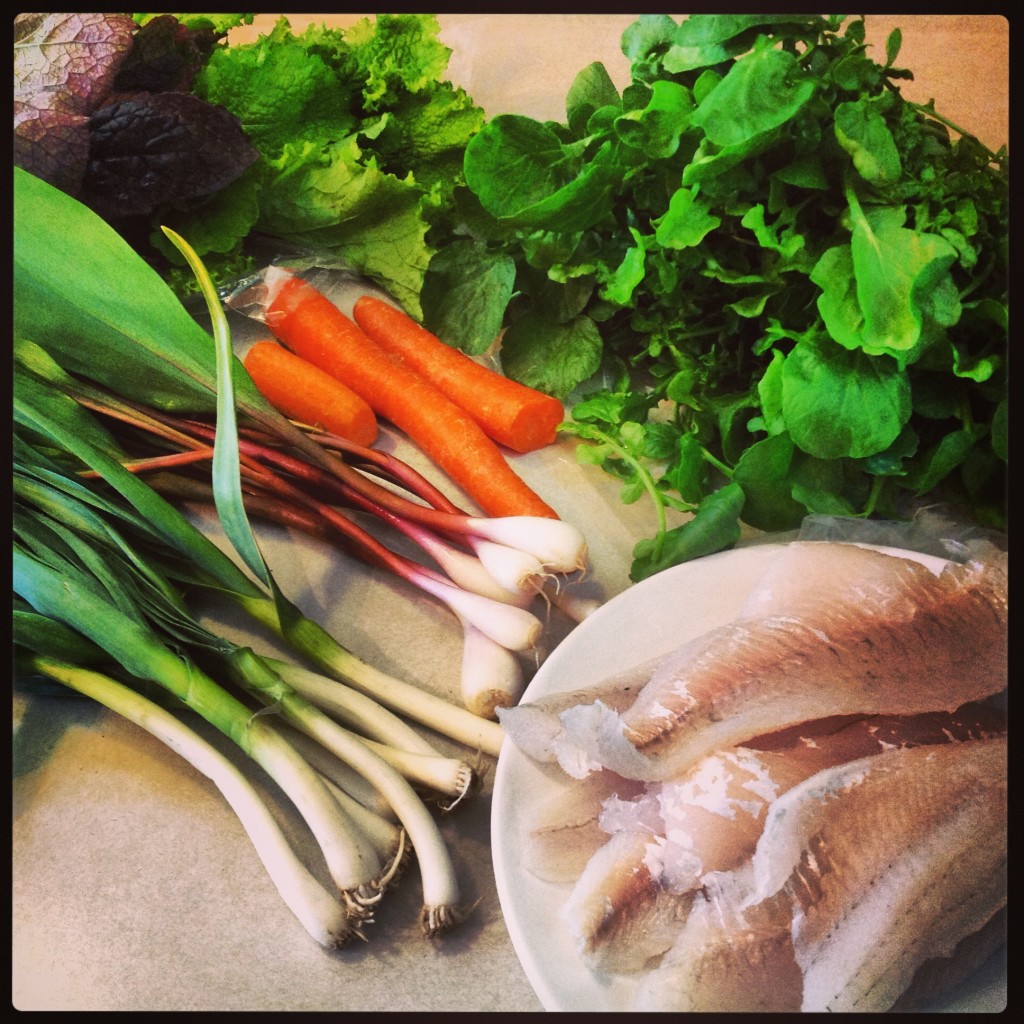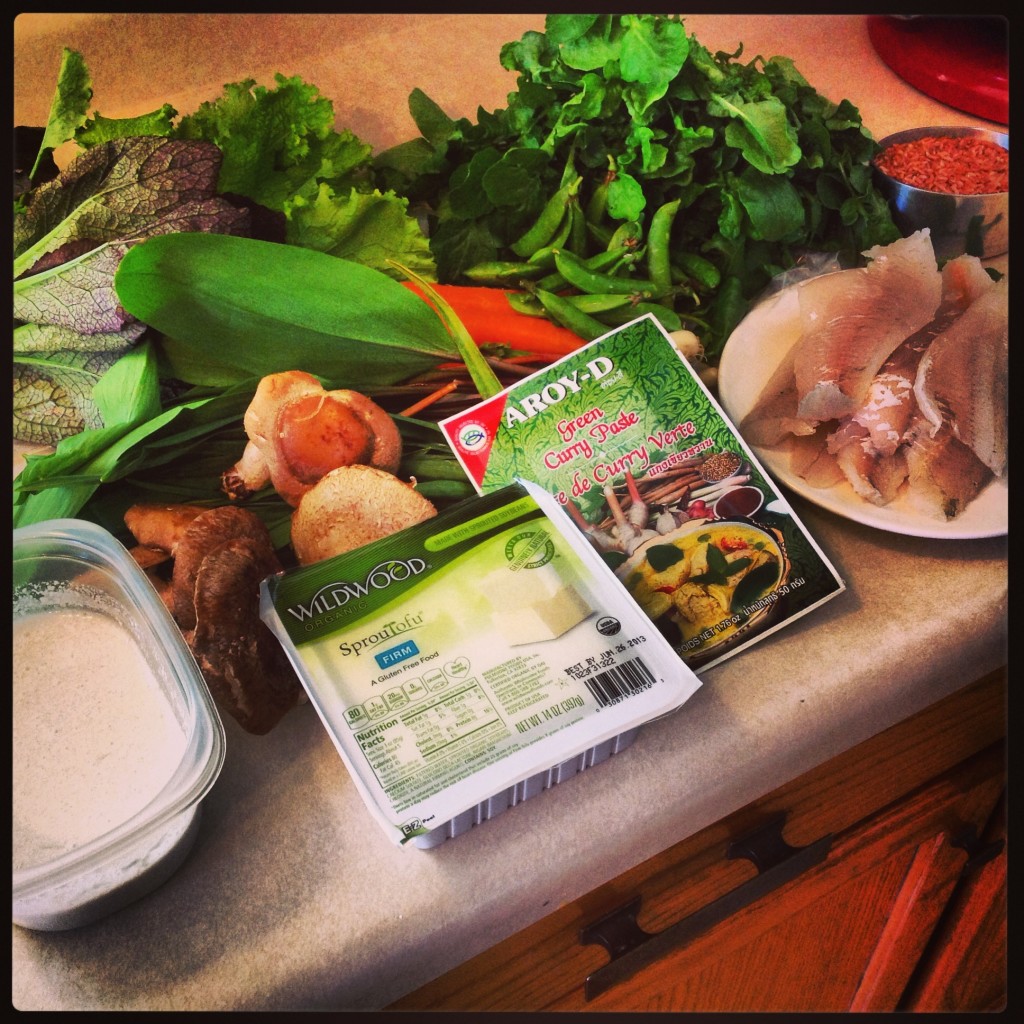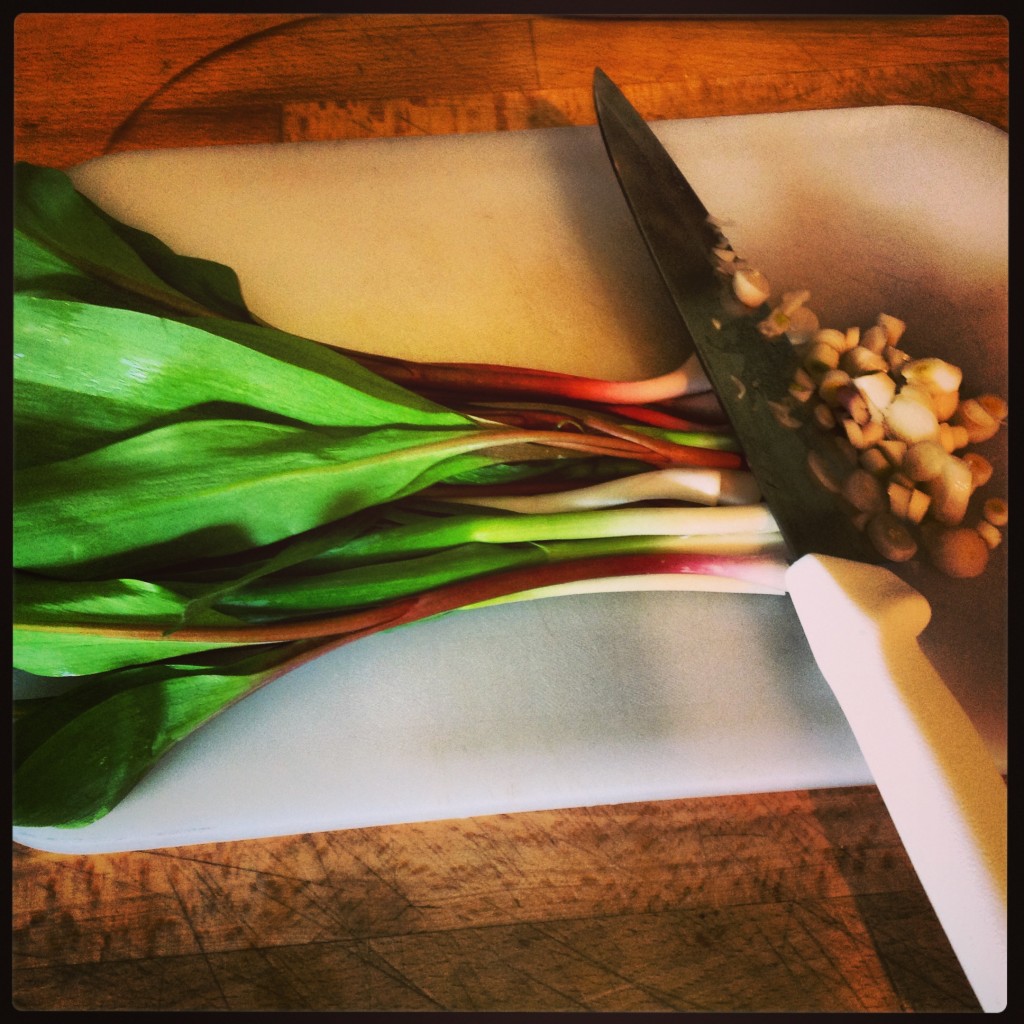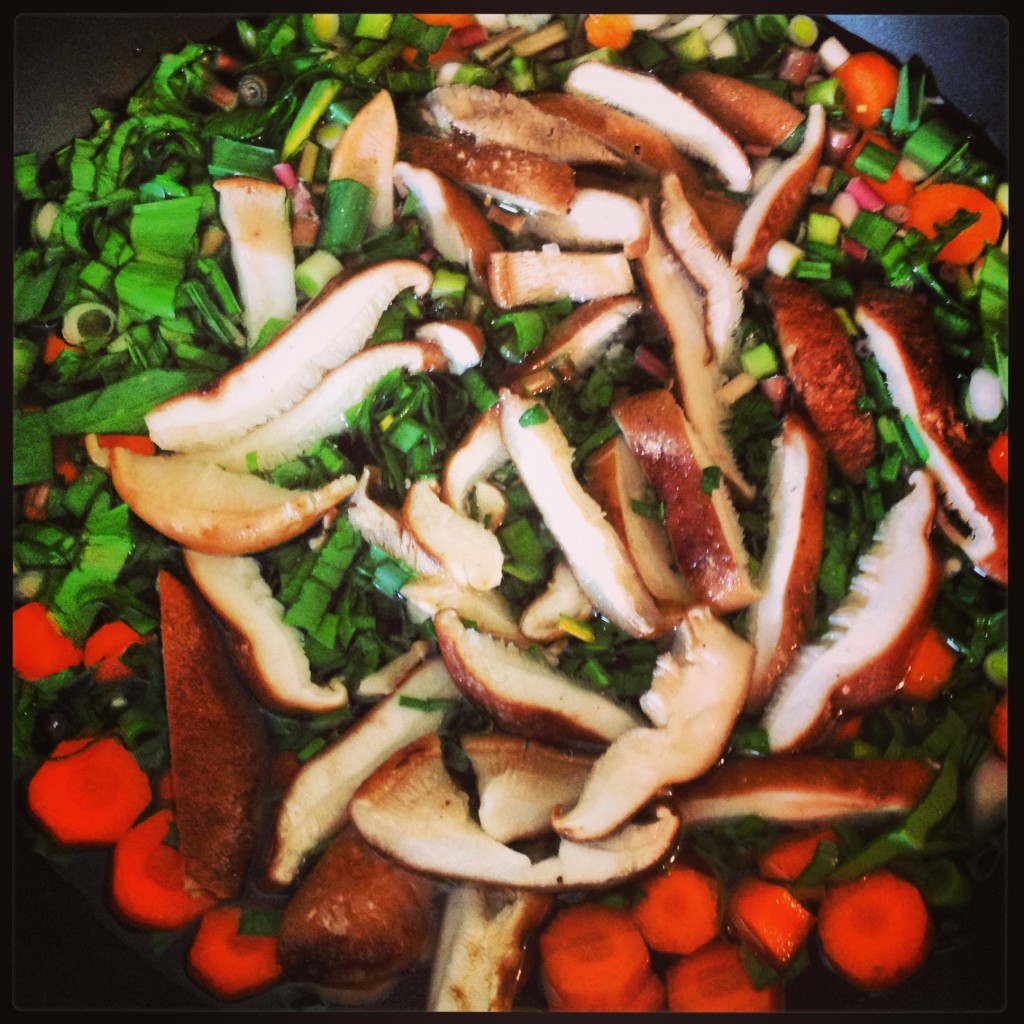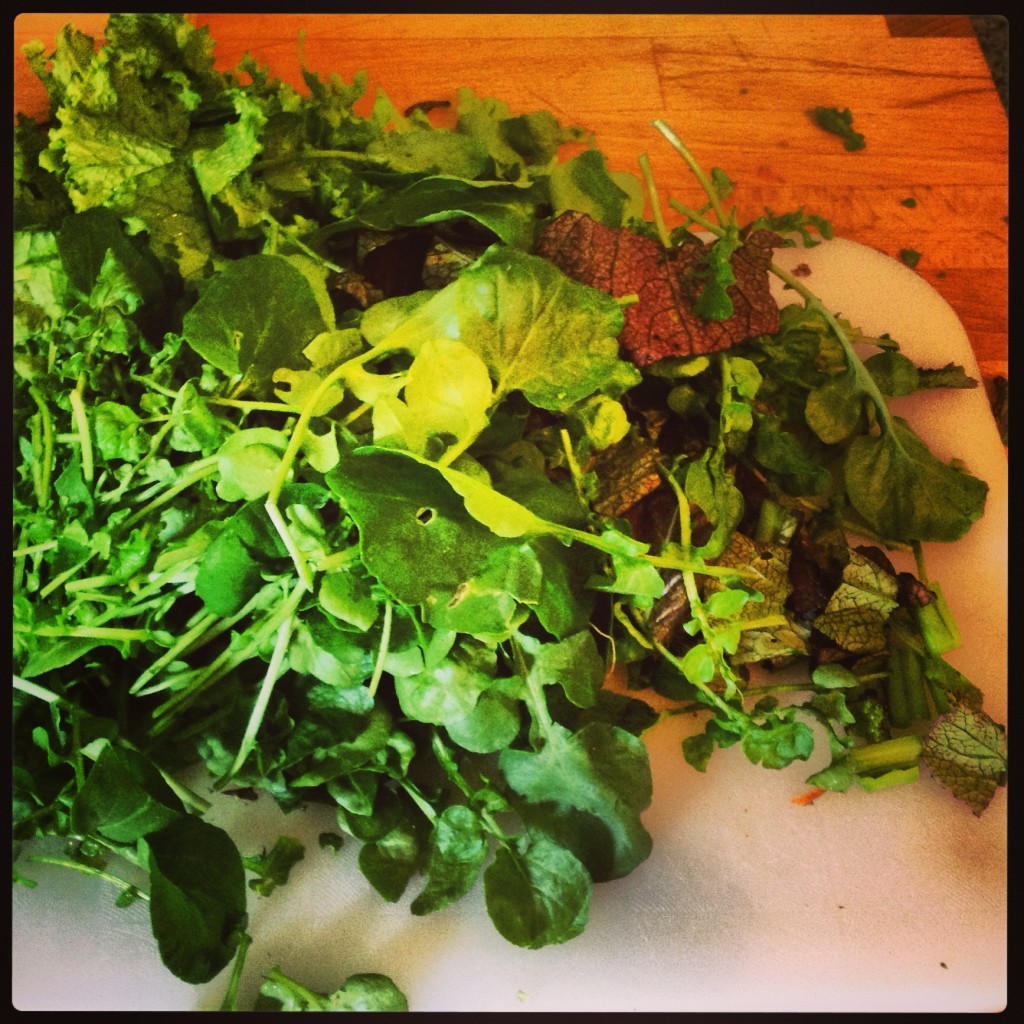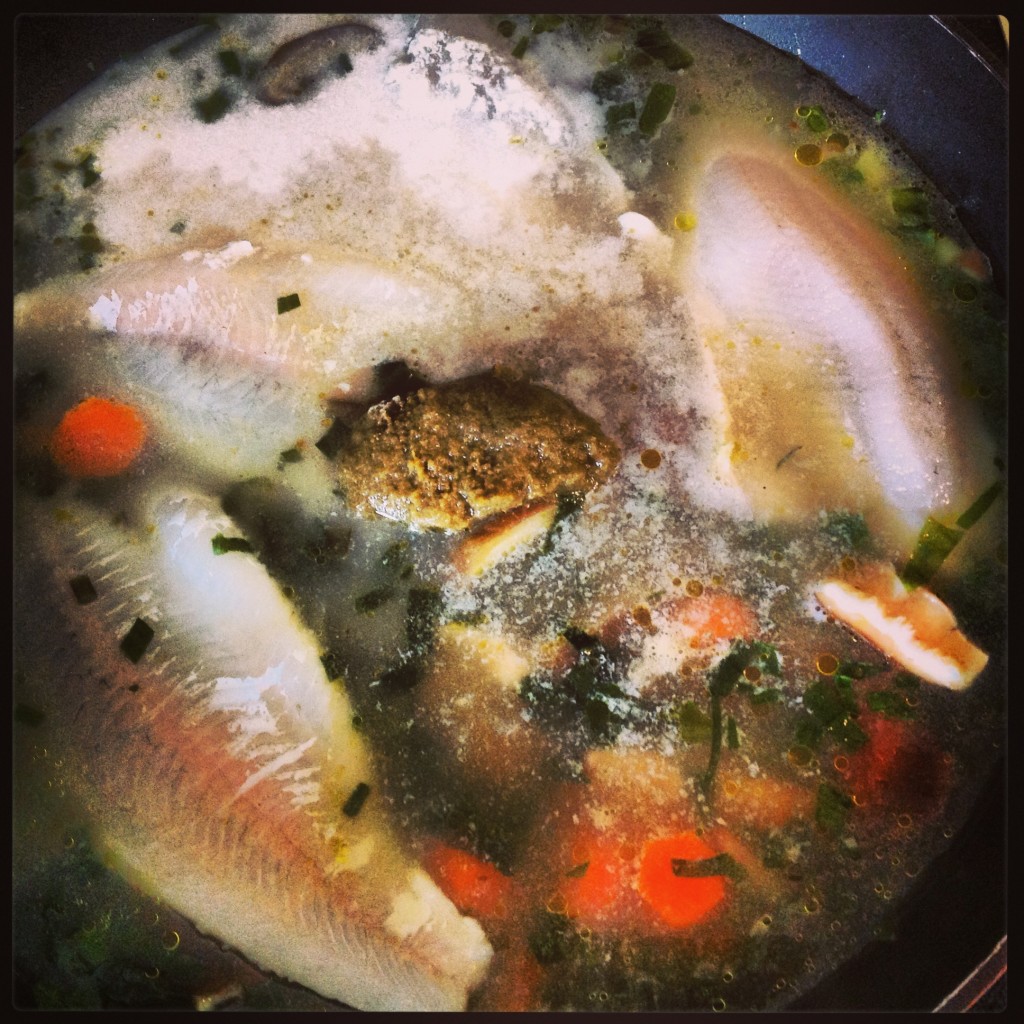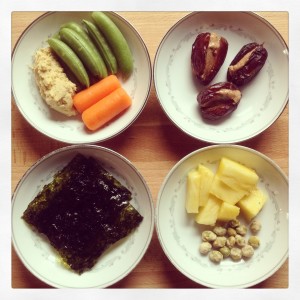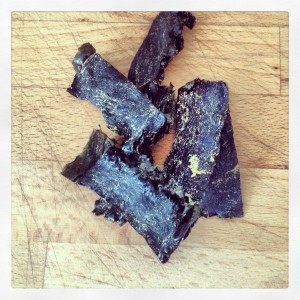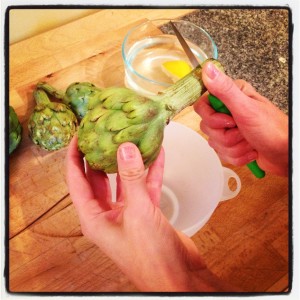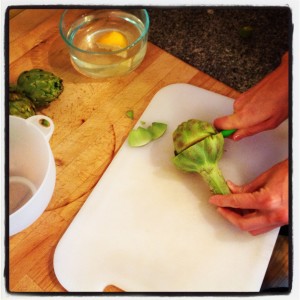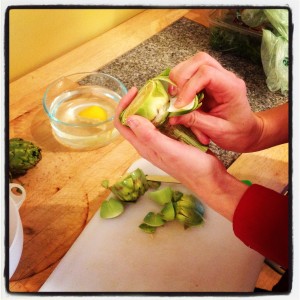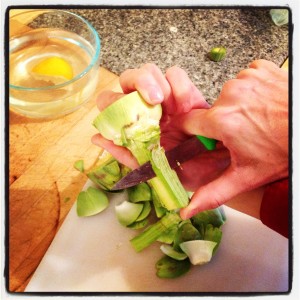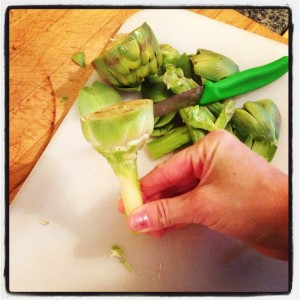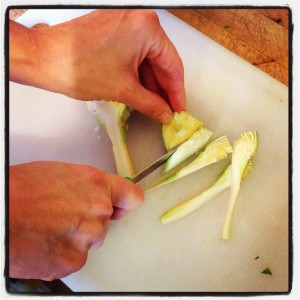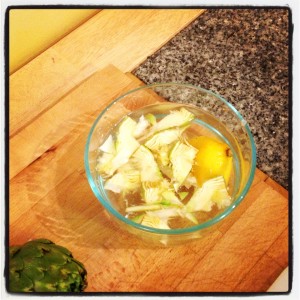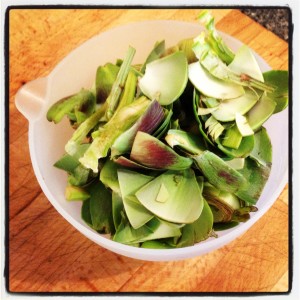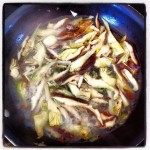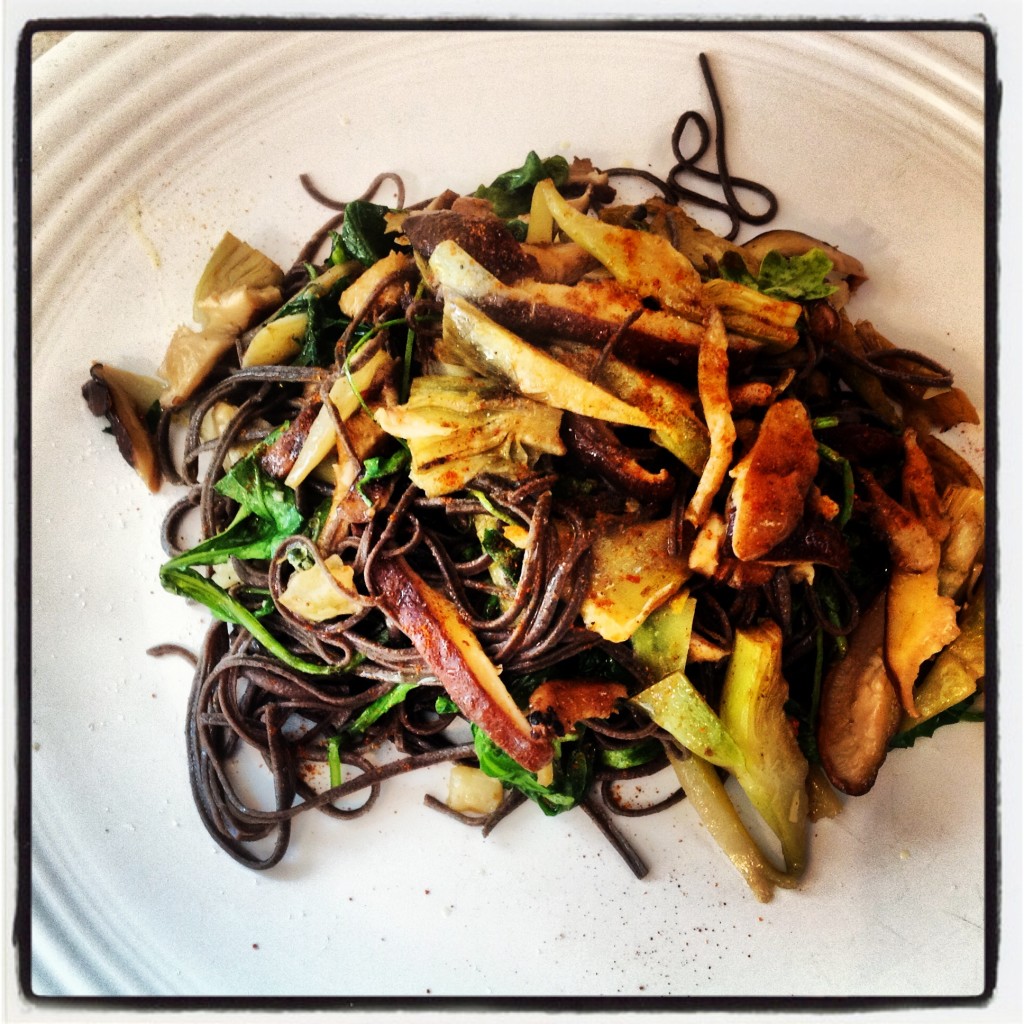
 As we all collectively passed over that timing that is the coming of the New Year (can you believe it’s 2014?!! I mean, remember when it was 2001 and you were like, 2014 is the FUTURE FAR AWAY and practically 2020 which is like, when the Jetsons were flying around, right?), I personally found myself in a confusing whirl of New Year’s resolutions, questions, goals and vision quests. Suffice it to say, I was feeling overwhelmed.
As we all collectively passed over that timing that is the coming of the New Year (can you believe it’s 2014?!! I mean, remember when it was 2001 and you were like, 2014 is the FUTURE FAR AWAY and practically 2020 which is like, when the Jetsons were flying around, right?), I personally found myself in a confusing whirl of New Year’s resolutions, questions, goals and vision quests. Suffice it to say, I was feeling overwhelmed.
Sometimes these times of confusion can be super informative in that they force us to work through them and find focus. I have been working on making my nutrition coaching business more of a full-time endeavor, yet suddenly, I’ve had tons of time, and frankly, a little more time than I’m generally comfortable with, to focus on ME, my business, the future trajectory of my life, and everything in between. Seeking guidance, I looked toward many of the tools and people I usually look to for help and inspiration, and through this process, I found a little grounding exercise that I came up with all by myself (our personal power and intelligence truly is our best resource) that has proved to be incredibly powerful in my daily activities and focus. I ask myself these 3 questions that have to do with choosing health:
1) What simple action can I take right now toward better health? This is a simple act that can be completed on a daily basis and takes anywhere between 5 seconds and 30 seconds to accomplish. It includes things like taking a fish oil supplement, taking a multi-vitamin, drinking a glass of water, flossing your teeth, eating a vegetable (go to the fridge right now and eat it), preparing a cup of tea, saying a prayer…you get the idea. These are simple actions that take very little time, are easy to fit into your day, and if you are intentional about them, will ground you, relax you, and provide focus and clarity.
2) What daily or weekly healthy practice is grounding me? This is a daily or weekly activity that takes at least 30 minutes of your time and is something you are practicing. It is a “practice” that you commit to for the unforeseeable future that is grounding, provides focus and is fundamentally healthy. You may choose to shift gears and pick up a different practice at any point in time, but the idea is to always have something that you are intentionally practicing. These are practices like yoga, playing a musical instrument, meditating, working out, running, walking, cooking, gardening, reading, making arts or crafts, doing projects around the house, cleaning your house, or working on your wood carving.
3) What primary area of my life do I need and want to focus on right now? The idea here is that if we are truly in touch with ourselves and the life we are living, we are aware of the primary areas of our lives that are most important because they are conductors for our energy flow and life source. These are areas such as a meaningful spiritual practice, an inspiring career, regular and enjoyable physical activity, education, health and wellness, flexible yet stable finances, and honest and open relationships that feed your soul and your hunger for living!
Albert Einstein said, “Everything is energy and that’s all there is to it. Match the frequency of the reality you want and you cannot help but get that reality. It can be no other way. This is not philosophy. This is physics.”
By tying together your daily activities with the primary areas of your life that you want to direct your energy toward, you cannot help but get you want. This applies to ALL your daily activities, and focusing on your health is a fundamental way to get you in the right frame of mind about what those activities should be.
Here’s where I am….1) taking my fish oil supplement; 2) my yoga practice; 3) My spirituality
All my other activities are grounded by this as I fill in the rest of my daily activities toward my overall vision of who I want to be in this world.
What’s grounding you toward what you want?



